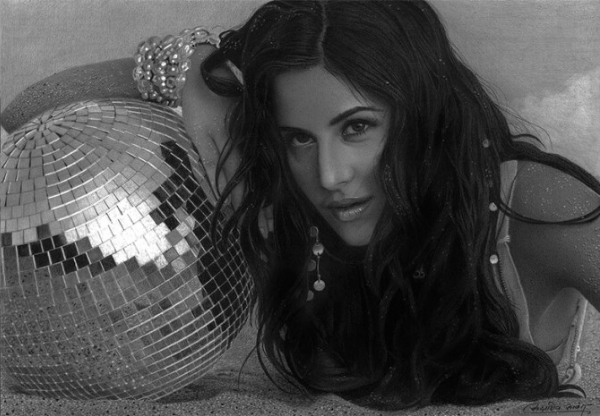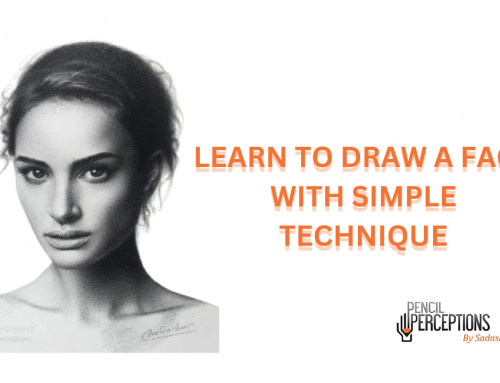The Factors Most Important for Bringing Depth to Realistic Portrait Drawing
What affects our drawing & painting are two important complementing things: learning the needed techniques and understanding the theory behind them. The same issues arise when we learn the techniques for portrait drawing but don’t focus on understanding the factors for bringing depth to them.
Every artist has a unique style, yet there are some principles which would help their process be easier and clearer. These characteristics apply to every medium, like graphite pencils, coloured pencils, pastel pencils, charcoal sticks, etc.
These are the Factors which bring Depth to Portrait Drawing
Precision
Being able to draw accurately from observation is precision. It is a crucial skill especially in the initial sketches, as it determines how credible the results will look. This is why firstly everyone must learn to draw, because it is essential as it focuses on precision, brightness values, edges and transitions. Precision is a foremost factor that brings depth to realistic portrait drawing.
Brightness Values
Brightness value determines how dark or light any part of a painting is. With the help of this, it becomes possible to create a 3D illusion on a 2D surface, thus creating depth in a painting.
As the objects have a 3D structure, each part of it maintains a different relationship with the light sources, creating different brightness values. With practice, it becomes easier to notice this characteristic.
You can close your eyes slightly so that you lose focus. The texture of the object would then become less noticeable and you can detect its brightness level easily.
Contrast
Contrast complements the brightness values. A difference in value, where light and dark areas are juxtaposed, creates appropriate depth in your realistic pencil drawing.
However, contrast also creates different effects in the realistic pencil sketch, like hue, saturation, texture, edges, and so on.
Edges
Unlike in comic drawing, while making realistic pencil drawings the objects have no lines. But they do have edges, i.e. the area or surface where an object ends.
Edges can be sharp or soft, depending on the distance and texture of the object. It will look less sharp and out of focus when the object has soft edges. Also, objects like hair, fur, fabric, and shadows have soft edges. The more distant an object is, then it will be less clear, and its edges will be less sharp.
Transitions
The changes that exist in an object or a surface are called transitions and they can be either in value, colours or shades, temperature, texture, or in edges.
As said above, every part of an object has a different relationship with the light source. Therefore, there will always be transitions. Hence, special attention has to be given to such details to create a realistic portrait drawing.
To master the art of making realistic pencil drawings is essential to understand the laws of nature, perspective, depth, and geometry of the object. Pencil Perceptions is the place where you can learn to make realistic portrait drawings and pencil sketches with our online sketching course; while working on such principles in the comfort of your home.
 Skip to content
Skip to content










